Guess who wants to go first when it’s decision time at an Autocar Handling Day test and you have to take your turn to sit down at our veteran Windows laptop (no brutish jabbing at the keyboard, please; it’s pre-war) and type your final scores into the all-knowing spreadsheet of doom? Nobody – that’s who. Trust me, there’s much less ‘politeness’ when we open the pit lane.
From urgent phone calls to bursting toilet commitments, every stalling tactic you can think of suddenly comes into play in order to prevent a given road tester from being the first to vote, and therefore being unable to sneak a peek at his colleagues’ rankings before committing his own. As the bloke who usually sets up the Excel score sheet, my votes are often the first down – but the queue behind me to take up position in the hot seat is slower forming than a conga line at a state funeral.
Britain's best affordable driver's car 2019 - part one
Mercifully, it didn’t come to the locking of doors and shouting like John Bercow in the bijou briefing room of Llandow Circuit this year. Like me, judges Prior, Lane, Davis and Calo all had to pick a final top three from the field of nine cars we’d assembled and award three points to their favourite, two to second place and one to third. With performance value and usability in mind, therefore, as well as outright driver appeal, we all duly obliged; and a podium made up of two full-sized, front-driven, manual- gearboxed hot hatchbacks and the only rear-driven sports car in the field emerged.
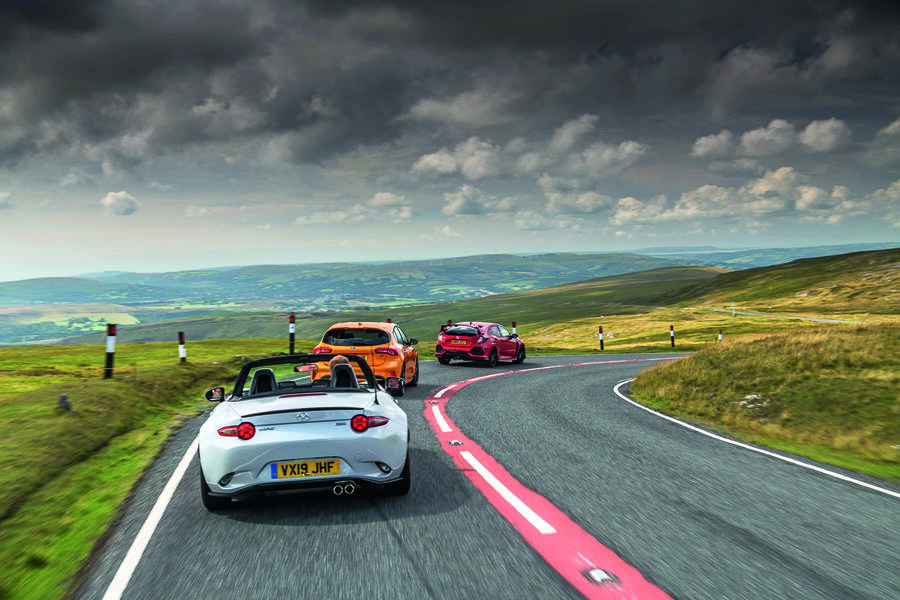
In no particular order, then, the Honda Civic Type R and Mazda MX-5 made the cut – previous annual Britain’s Best Affordable Driver’s Car champions in both cases – as well as the test’s freshest-arriving meat: the Focus ST.

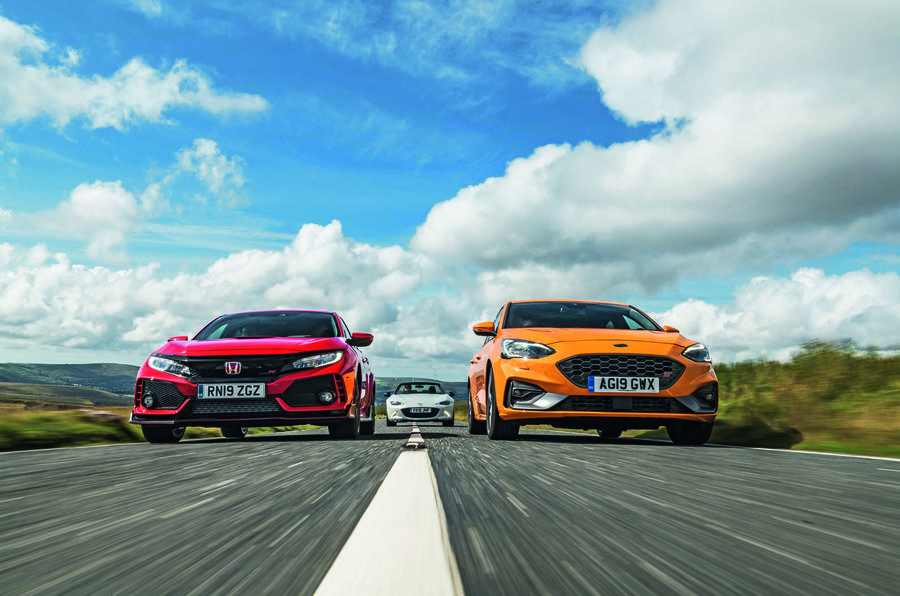


































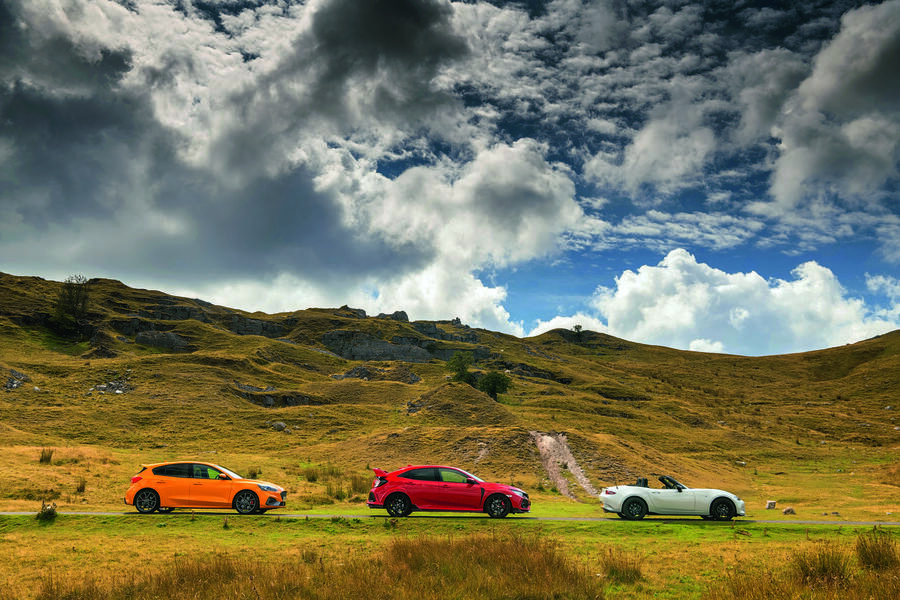

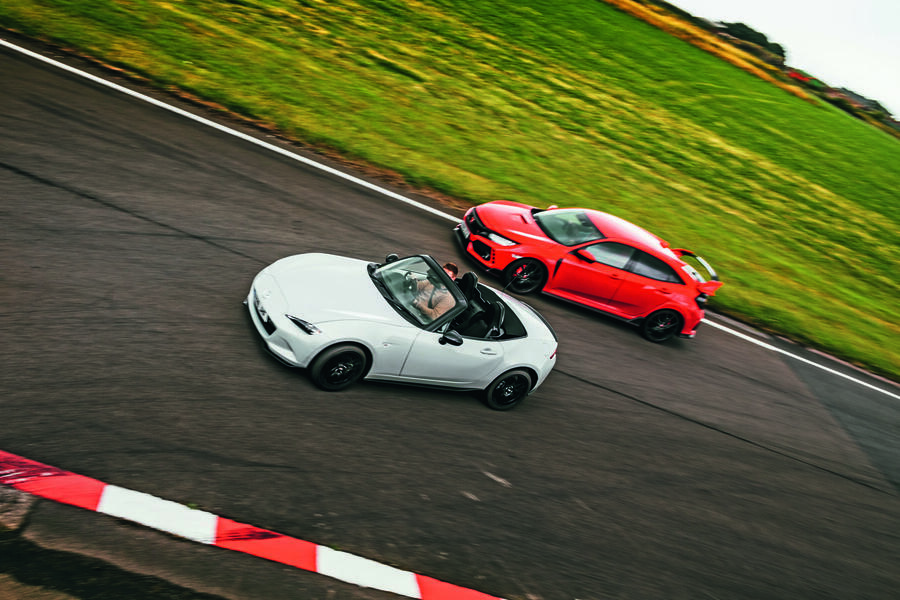
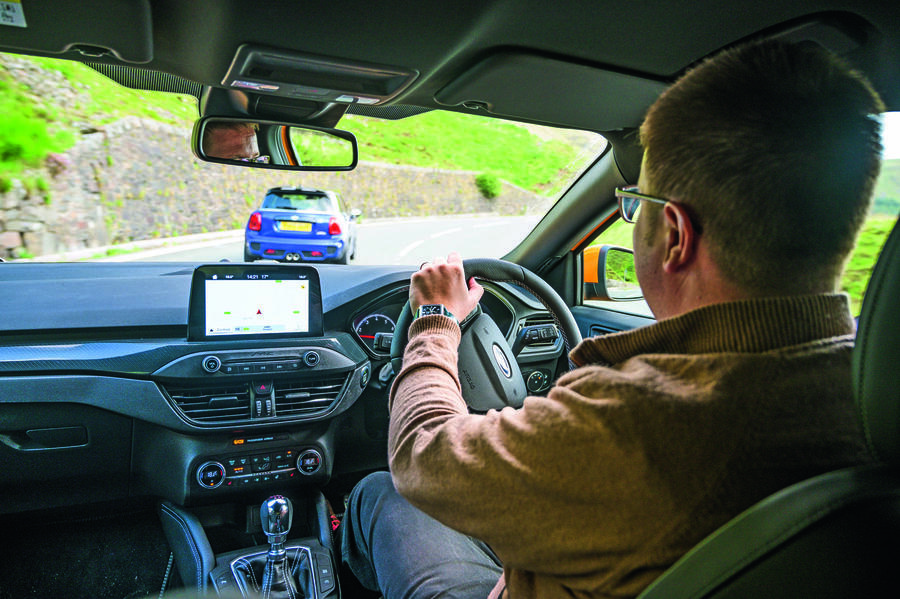

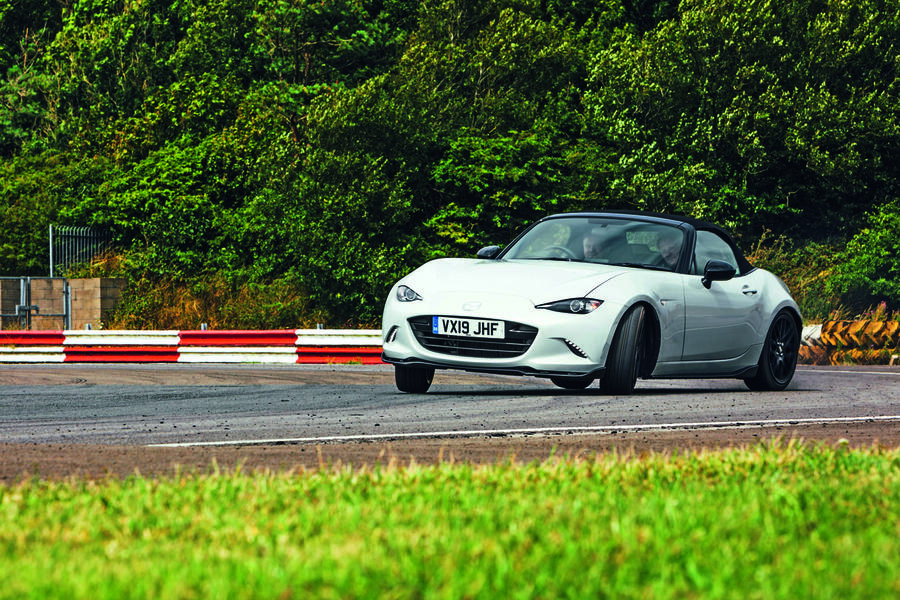








Join the debate
Add your comment
Plastorit
Thank you for sharing this information
Plastorit
Thank you for sharing this information
Greedier Social Media
The author is well versed in his subject and has provided the content of the blog in a nice way to the readers. Buy Instagaram Followers